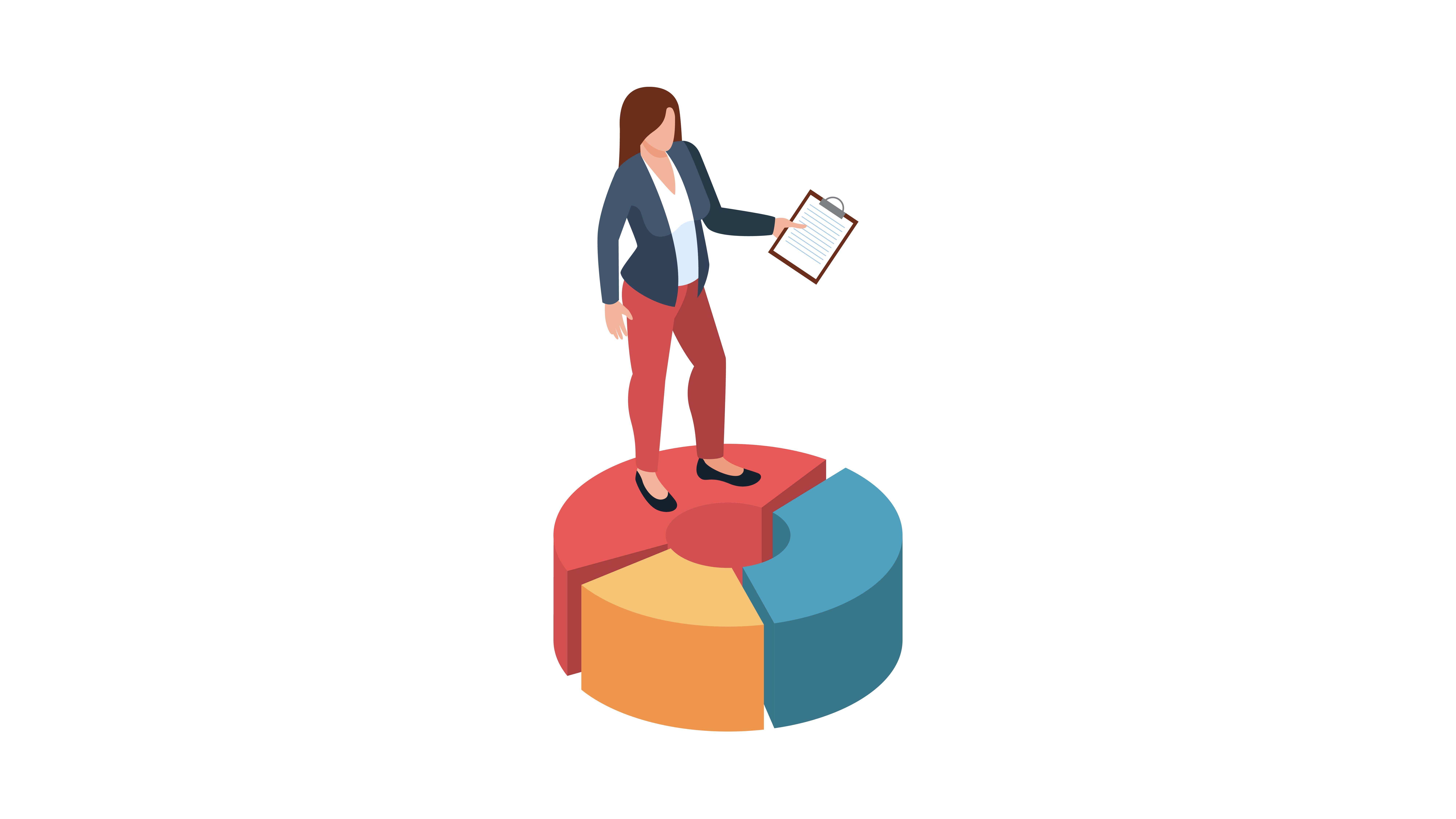Featured
Customer data platforms (CDPs) are a vital instrument for modern businesses that want to gather data, store, and manage customer data in one central location. The software tools provide a better and more complete understanding of the customer, which can be used to target marketing and personalize customers' experiences. CDPs offer many features that include data management, data quality and data formatting. This ensures that customers are compliant in how they are stored, used and accessed. A CDP helps companies interact with customers and place it at the core of their marketing campaigns. It is also possible to pull data from other APIs. This article will highlight the benefits of CDPs in organizations.
marketing cdp
Understanding CDPs: A customer data platform (CDP) is a computer program which allows companies to gather, store, and manage the customer's information in one central location. This gives you a greater and more complete picture of your client and allows you to focus your marketing and customize customer experience.
-
Data Governance The most significant features of the CDP is the ability to categorize, safeguard, and manage information that is being integrated. This can include division, profiling and cleansing processes on the data coming in. This helps ensure compliance with data regulations and policies.
-
Data Quality: It is important that CDPs ensure that the data they collect is high-quality. This means that data must be entered correctly and adhere to the desired quality standards. This helps reduce the requirement for storage, transformation, and cleaning.
-
Data formatting Data formatting CDP can also ensure that data conforms to a predefined format. This allows data types like dates to be identified across customer data and ensures the same and consistent data entry. cdp product
-
Data Segmentation The CDP lets you segment customer information to better understand different customers. This allows you to test different groups against one another and getting the right sampling and distribution.
-
Compliance The CDP lets organizations handle customer information in a regulated manner. It allows for the specification of secure policies, classifying information according to the policies, and the detection of violations of policies when making marketing-related decisions.
-
Platform Selection: There's a wide range of CDPs and it's essential to understand your needs before choosing the one that is best for you. Be aware of features like privacy and the ability of pulling data from other APIs. customer data platforms
-
Putting the Customer at the Center This is why a CDP permits the integration of real-time, real-time customer data, providing the speed, accuracy, and unity that every marketing team requires to streamline their operations and connect with their customers.
-
Chat, Billing, and More With CDP, you can get the information you need for billing, chats, and more. CDP, it is easy to gain the background you require for a good discussion, regardless of the previous chats, billing, or more.
-
CMOs and big data: Sixty-one percent of CMOs say they're not making use of enough big data according to the CMO Council. The 360-degree view of customers that is provided by a CDP can be a wonderful method to solve this issue and enable better customer service and marketing.
With so lots of different kinds of marketing innovation out there each one usually with its own three-letter acronym you might wonder where CDPs come from. Even though CDPs are amongst today's most popular marketing tools, they're not a totally brand-new concept. Rather, they're the latest action in the advancement of how marketers manage consumer data and client relationships (What is Customer Data Platform).

For the majority of online marketers, the single biggest worth of a CDP is its ability to section audiences. With the abilities of a CDP, marketers can see how a single consumer communicates with their company's different brands, and identify chances for increased customization and cross-selling. Of course, there's far more to a CDP than division.
Beyond audience division, there are three huge reasons why your company might desire a CDP: suppression, personalization, and insights. Among the most fascinating things online marketers can do with data is identify clients to not target. This is called suppression, and it's part of providing genuinely tailored customer journeys (Cdp Customer Data Platform). When a customer's combined profile in your CDP includes their marketing and purchase information, you can reduce ads to clients who have actually currently purchased.

With a view of every customer's marketing interactions linked to ecommerce information, website gos to, and more, everybody across marketing, sales, service, and all your other teams has the chance to comprehend more about each customer and deliver more individualized, pertinent engagement. CDPs can assist marketers attend to the source of a lot of their greatest day-to-day marketing issues (Customer Data Platform Cdp).
When your data is disconnected, it's harder to understand your clients and create meaningful connections with them. As the variety of information sources used by online marketers continues to increase, it's more crucial than ever to have a CDP as a single source of truth to bring all of it together.
An engagement CDP uses client information to power real-time personalization and engagement for clients on digital platforms, such as sites and mobile apps. Insights CDPs and engagement CDPs comprise the bulk of the CDP market today. Very few CDPs include both of these functions equally. To pick a CDP, your business's stakeholders need to think about whether an insights CDP or an engagement CDP would be best for your needs, and research study the couple of CDP choices that consist of both. Cdp Product.
Redpoint GlobalLatest Posts
The Benefits of Real-time Data Collection with a CDP
CDPs and the Importance of Data Governance for CMOs
The Role of CDPs in Understanding Customer Behaviour